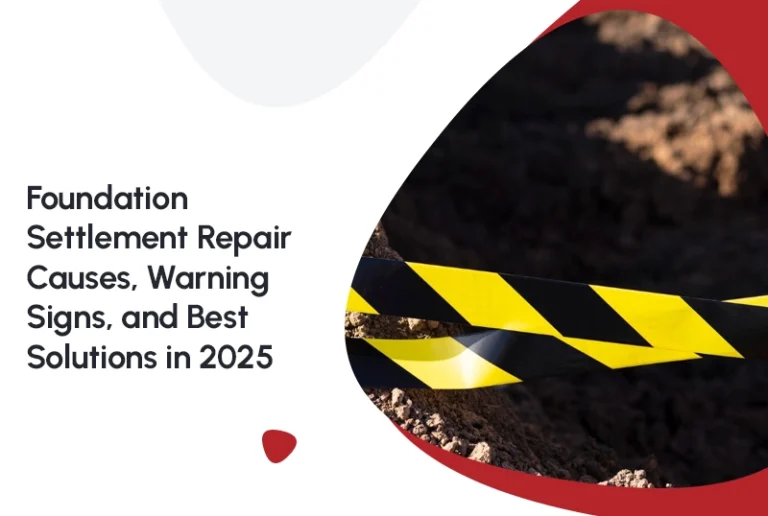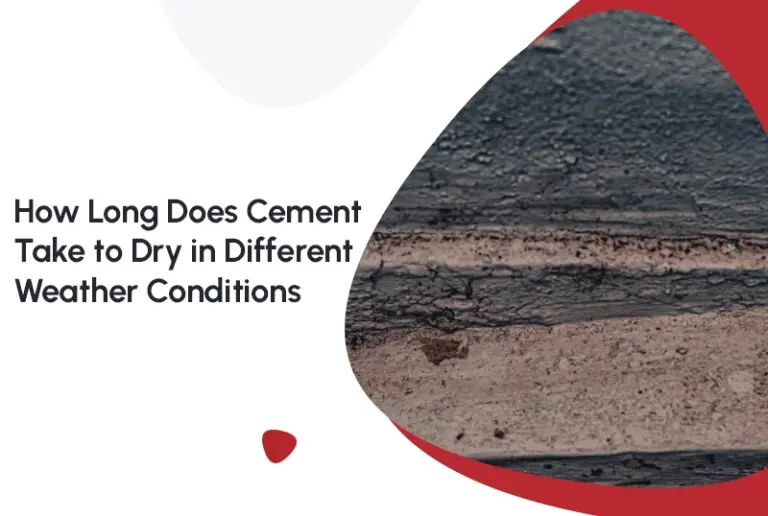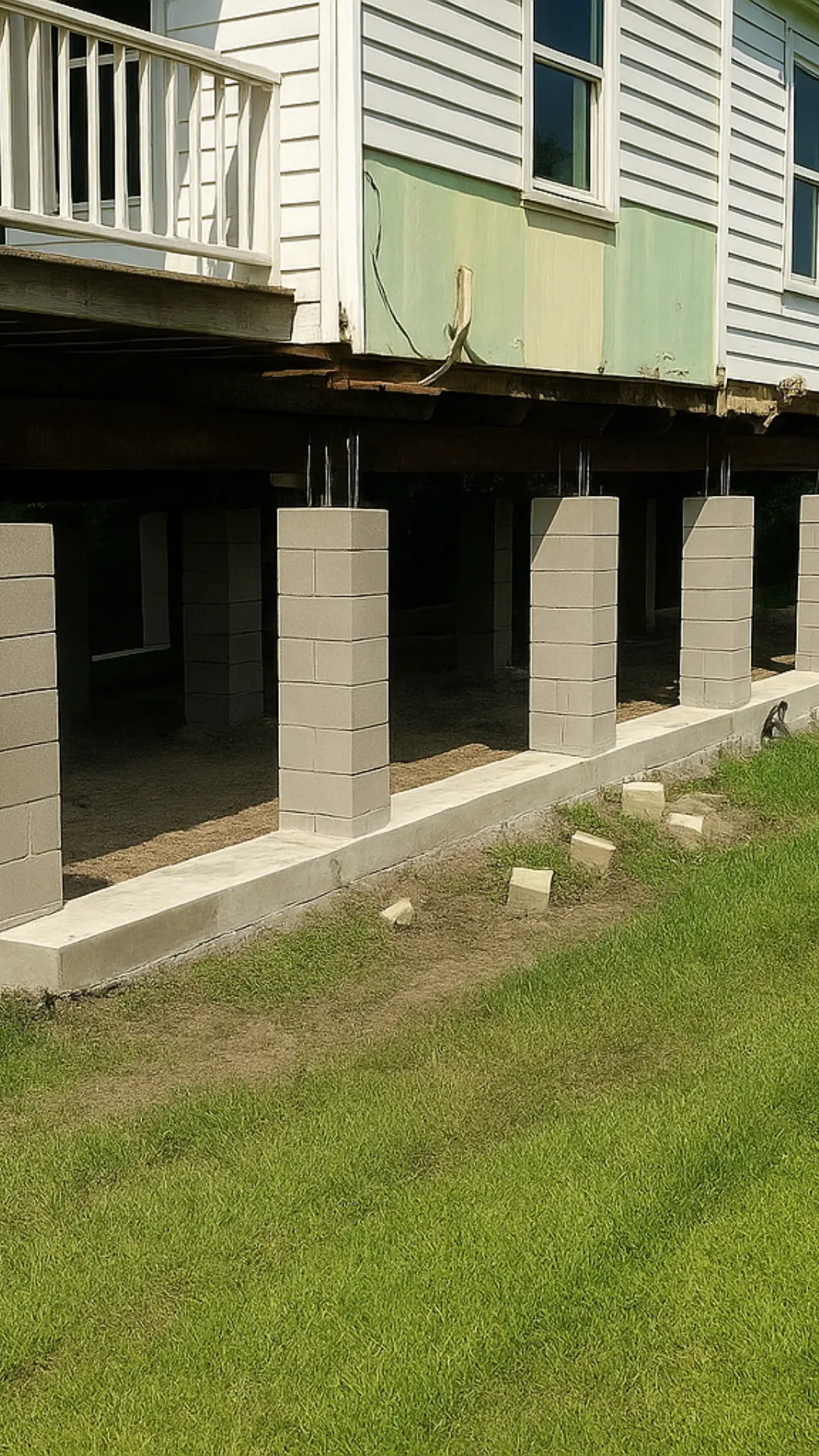A cement foundation is one of the most durable and widely used foundation types in residential and commercial construction. However, just like any foundation, it can experience issues over time due to settling, moisture, or soil movement. Foundation repair is a crucial step in addressing these problems, ensuring your home remains stable and secure. In this blog, we’ll discuss how to repair a cement foundation, what common problems to watch for, and why addressing these issues early can save you time and money in the long run.
Common Issues with Cement Foundations
Cement foundations are strong, but they can still suffer from common issues that every homeowner should be aware of. Here are some of the most common problems that can occur:
- Cracks
Cracks are one of the most common problems with cement foundations. They can be caused by a variety of factors such as soil shifting, moisture expansion, or even age. Cracks in the foundation may lead to bigger issues, like water infiltration or uneven settling, making early detection and repair critical. - Water Damage
Water is a common enemy of cement foundations. Leaks, flooding, or poor drainage around the home can cause moisture to seep into the foundation, weakening it over time. This can lead to erosion and structural damage if not repaired promptly. - Uneven Settling
As the soil beneath a cement foundation settles, the foundation itself may sink or shift. This can cause significant structural issues in your home, from misaligned windows and doors to cracks in the walls. - Rusting of Reinforcement Steel
Some cement foundations are reinforced with steel, which can rust over time when exposed to moisture. This rusting can compromise the integrity of the foundation, causing cracks or instability in the structure.
How to Repair a Cement Foundation
Repairing a cement foundation involves several steps. Here’s an overview of what you can expect during the process:
1. Inspection and Diagnosis
The first step in any foundation repair process is a thorough inspection of the cement foundation. A professional contractor will assess the extent of the damage, identifying any cracks, leaks, or signs of settling. This step is crucial in determining the best repair approach.
2. Sealing Cracks
Small cracks can often be sealed using hydraulic cement or epoxy injections. These materials are designed to fill the cracks and prevent water from seeping through, ensuring that the foundation remains strong and dry.
3. Stabilizing the Foundation
If the foundation is uneven or has settled, stabilization may be necessary. Concrete slab foundation repair methods, such as the use of steel piers or helical piles, can help lift and stabilize the cement foundation back to its original position. The repair process involves inserting piers or piles into the ground beneath the foundation and lifting the house to level it.
4. Addressing Water Damage
If water damage is a concern, you may need to address drainage issues around the home. Installing a proper drainage system or sump pump can help prevent future water infiltration. Additionally, applying a waterproof sealant to the exterior of the foundation can protect it from moisture damage in the future.
5. Reinforcing the Structure
In cases where the foundation is severely damaged, reinforcement may be required. This involves adding additional steel reinforcement bars or replacing damaged sections of the foundation. Reinforcing your cement foundation can provide the structural support needed to prevent future issues.
Cement Foundation vs. Concrete Slab Foundation: Which One Is Right for Your Home?
Both cement foundations and concrete slab foundations offer distinct advantages, depending on your needs and location. While a cement foundation provides easy access to plumbing and electrical systems (as it typically includes a crawl space), a concrete slab foundation is often a more solid and stable option, especially in areas with expansive soils.
Here’s a comparison of the two:
- Cement Foundation: Offers easy access to under-home systems, making repairs easier. However, it can be more susceptible to moisture and shifting over time.
- Concrete Slab Foundation: Provides a more durable and low-maintenance option, especially in areas prone to flooding. However, it makes it harder to access plumbing and electrical systems without major repairs.
Both types of foundations have their pros and cons, so it’s essential to choose the right one for your specific needs and location.
Benefits of Timely Cement Foundation Repair
Timely foundation repair helps prevent the escalation of minor issues into major, costly problems. Here’s why you should repair your cement foundation as soon as possible:
- Prevents Further Damage: Early intervention can prevent cracks from spreading, reduce water infiltration, and stop shifting from worsening. This saves money on more expensive repairs down the line.
- Improves Home Value: A well-maintained foundation ensures your home remains valuable and marketable, especially if you’re planning to sell.
- Enhances Safety and Comfort: Foundation problems can lead to safety risks such as uneven floors or collapsing walls. By addressing these issues early, you ensure the safety of your family and improve the comfort of your home.
Conclusion
When it comes to maintaining the stability of your home, addressing issues with your cement foundation should be a priority. Whether you’re dealing with cracks, settling, or water damage, taking quick action is essential to keep your home structurally sound. If you’re facing foundation problems, don’t hesitate to reach out to a professional who can provide an accurate assessment and recommend the best course of action.
By fixing your pier and beam or taking the necessary steps to stabilize your foundation when needed, you ensure that your home remains safe, secure, and valuable for years to come.
FAQs
1. How long does cement foundation repair take?
Cement foundation repair can take anywhere from 2 to 5 days, depending on the size of the home and the severity of the damage. Complex repairs may take longer.
2. Can I repair my cement foundation myself?
While some minor cracks can be sealed with DIY kits, significant foundation repairs should always be handled by a professional to ensure safety and long-term stability.
3. What is the difference between a cement foundation and a concrete slab foundation?
A cement foundation typically includes a crawl space, providing easier access to plumbing and electrical systems, while a concrete slab foundation is a solid slab of concrete poured directly on the ground, offering greater stability.
4. How can I prevent future damage to my cement foundation?
Regular maintenance, proper drainage around the foundation, and addressing plumbing leaks early are key to preventing future foundation issues. Waterproofing the exterior of your foundation can also help keep moisture at bay.







